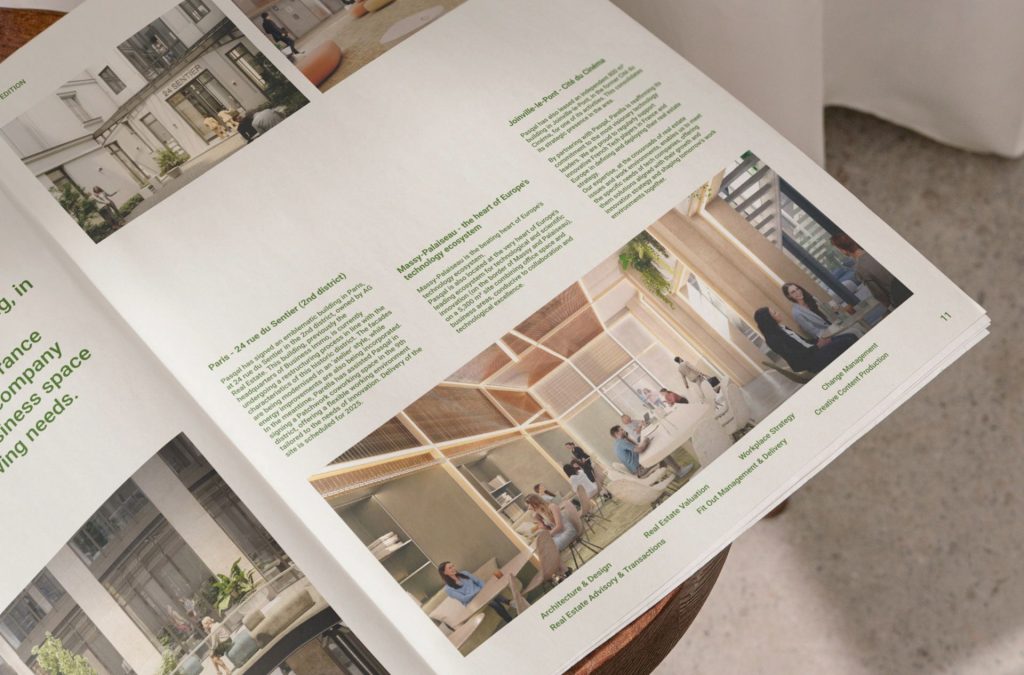Flex office, coworking, telecommuting
What impact will this have on the real estate market?
- March 28, 2024
Ways of working are changing at an unprecedented pace, influenced by the rise of telecommuting, the search for flexibility and the boom in shared office space.
Companies are rethinking their real estate strategies to adapt to new uses, between reducing surface areas, transforming offices and looking for hybrid solutions. These changes are profoundly redefining the commercial real estate market, forcing landlords and tenants to rethink their business models.

A transition to more flexible offices
With the rise of telecommuting, many companies are finding that their offices are under-utilized. Rather than keeping space empty for part of the week, they are turning to more flexible models. The flex office, based on the sharing of workstations, is becoming a preferred solution for optimizing floor space and reducing costs. This type of organization favors collaboration and agility, but also poses challenges in terms of space management, adoption by teams and well-being at work.
Coworking, a response to the need for flexibility
Coworking spaces are experiencing strong growth and attracting a growing number of companies, from freelancers to large groups. These places offer great flexibility, with short contracts, shared services and the possibility of adapting spaces according to needs.
For companies, coworking allows them to experiment with hybrid solutions without long-term real estate commitments. It is particularly popular with regional offices, project teams and mobile workers. Some major groups even integrate coworking spaces directly into their own premises, offering their employees a more flexible and stimulating working environment.
The impact of teleworking on real estate demand
Telecommuting has become the norm for many companies, forcing the real estate market to adapt. Space requirements are changing: some companies are reducing their real estate footprint by closing offices, while others are redeveloping their spaces to make them more attractive and adapted to new practices.
This transformation is also having an impact on office location. With fewer daily commutes, some companies are moving away from the hypercentres, preferring to locate on the outskirts or in secondary towns, where rents are more affordable. At the same time, buildings need to incorporate new services to meet the expectations of employees who travel less frequently: concierge services, wellness areas, sports facilities and digital solutions for smoother management of shared spaces.
A changing real estate market
Faced with these developments, real estate players are having to rethink their offering. Lessors are obliged to offer more flexible contracts, with shorter leases and modular surface areas. Building owners are seeking to make their assets more attractive by integrating services and technologies that facilitate space management.
Intelligent buildings, which use sensors and digital management solutions to optimize office use, are becoming increasingly important. Real estate is becoming a real strategic lever for companies, who have to strike a balance between cost reduction and the attractiveness of their offices to retain and attract talent.
These developments mark the end of the traditional office as we know it. Companies must now find the right balance between teleworking, flexibility and physical presence, using real estate solutions adapted to these new realities.
You may also like...













